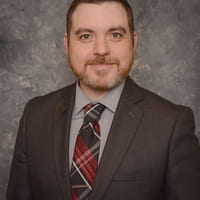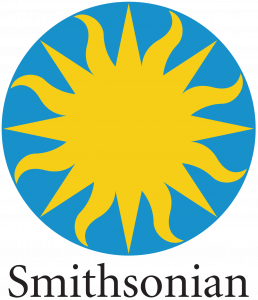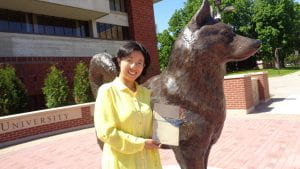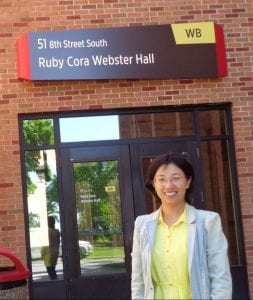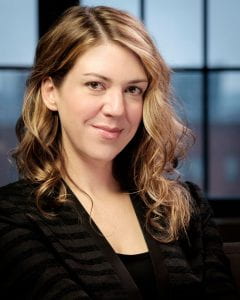If you haven’t yet read last week’s post, I highly encourage you to do so! This is the complimentary post to last week’s!
Part of the reason I chose to attend SCSU is because it’s so conveniently situated in the middle of some really unique things to do!
Ever wonder what it’s like to attend school in Central Minnesota?! It’s pretty awesome, honestly! Central Minnesota presents opportunities for students of all kind!
Note: Please check websites for COVID updates before you visit any of these locations!
For my nature friends!
Lake George – Situated right next to campus, Lake George is a great place to hang out any time of year! While visiting, enjoy the walking paths, park, fishing, or other water sports!
 Munsinger Clemens Gardens – Just across the river from SCSU, the beautiful Munsinger Clemens Gardens contains so many beautiful flowers and walking paths! Bring a picnic lunch, have a seat by the river, and enjoy the fresh air!
Munsinger Clemens Gardens – Just across the river from SCSU, the beautiful Munsinger Clemens Gardens contains so many beautiful flowers and walking paths! Bring a picnic lunch, have a seat by the river, and enjoy the fresh air!
Quarry Park and Nature Reserve – Just five miles from campus, the Quarries is a great hangout any time of year! From hiking, to skiing, to swimming, the Quarries presents something for everyone!
Charles A. Lindbergh State Park – This is one of Minnesota’s beautiful state parks located about 40 minutes from campus! Enjoy an afternoon of hiking, swimming, and more, or spend the night in their campground and enjoy a few days within the park.
For those who love craft brews!
Beaver Island Brewing Company – Up for some good local craft brew? Check out the Beaver Island Brewing Company, just a short walk from campus!
 Pantown Brewing Company – What’s unique about this brewery? It’s owned by a St. Cloud State University graduate! If that’s not enough reason to visit the brewery, then I don’t know what is!
Pantown Brewing Company – What’s unique about this brewery? It’s owned by a St. Cloud State University graduate! If that’s not enough reason to visit the brewery, then I don’t know what is!
Bad Habit Brewing – Head down the street to St. Joseph, MN for some truly unique brews! Sit in the taphouse or on the patio.
For those history buffs!
 Charles A. Lindbergh Historic Site – Celebrate the man who made the first solo transatlantic flight! A native to Little Falls, Minnesota, Charles Lindberg’s life is documented at this historic site. You can also see his boyhood home!
Charles A. Lindbergh Historic Site – Celebrate the man who made the first solo transatlantic flight! A native to Little Falls, Minnesota, Charles Lindberg’s life is documented at this historic site. You can also see his boyhood home!
Stearns History Museum – Visiting the Stearns History Museum is a perfect daytime activity to learn more about the county in which you are studying! At just three miles from campus, there’s no reason to not stop by!
For the adventure junkies!
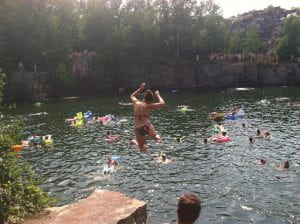 Quarry Park and Nature Reserve – I know, this is a repeat on the list, but it’s for a good reason. Looking for an opportunity for some high adventure? Want to jump off cliffs into water below? You can do this at the Quarries! Make sure to exercise caution while cliff jumping.
Quarry Park and Nature Reserve – I know, this is a repeat on the list, but it’s for a good reason. Looking for an opportunity for some high adventure? Want to jump off cliffs into water below? You can do this at the Quarries! Make sure to exercise caution while cliff jumping.
Powder Ridge – Just 20 miles from campus, Powder Ridge is the perfect weekend day trip if you enjoy winter sports! You can downhill ski, snowboard, cross country ski, and more at Powder Ridge!
For the music and art lovers!
Paramount Center for the Arts – The Paramount really presents something for everyone. Watch a play or musical, attend a concert, or take part in a variety of arts-based classes!
Summertime by George – A free summer concert series that takes place by Lake George! Bring your lawn chair and get ready for a really fun evening! Also, get there early because parking can get a little hectic if you don’t!
For the sports fans!
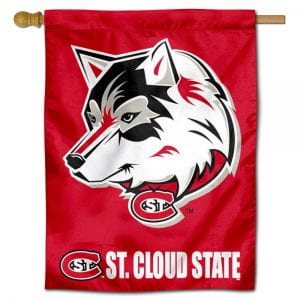 SCSU sports games – This one is just a given! SCSU has so many amazing sports teams! You can always find a game to watch to support your fellow Huskies! One really great aspect of SCSU is the support system! Students are supported everywhere they turn. They’re supported by other students, professors, staff members and community members! Be part of the community of support by attending and cheering on your fellow Huskies!
SCSU sports games – This one is just a given! SCSU has so many amazing sports teams! You can always find a game to watch to support your fellow Huskies! One really great aspect of SCSU is the support system! Students are supported everywhere they turn. They’re supported by other students, professors, staff members and community members! Be part of the community of support by attending and cheering on your fellow Huskies!
Joe Faber Field – Home of the St. Cloud Rox. Check out a local ball game with friends!
Wobegon Trails – 65 miles of trails to walk, bike, run and more! Get outside for a causal walk or a lovely workout!
For those who love to shop!
Crossroads Center – Right in the heart of St. Cloud, Crossroads presents shops small and large. If you go, definitely check out the fudge in Scheels; you can get a free sample!
Mall of America – You’re coming to Central Minnesota to study! You might as well venture south and hit up the Mall of America in Bloomington, Minnesota! If you like Crossroads, you will LOVE the Mall of America! (Bonus: MOA is also right near an IKEA in case you need to furnish your dorm or apartment!)
 Nicollet Mall – Contrary to popular belief, Nicollet Mall isn’t a shopping mall, but does present some really great culture! Right in the heart of Minneapolis, Nicollet Mall is a one-stop-shop, so to speak. They have food and drinks, shopping, music, and attractions such as the Walker Art Center! Across the street from the Walker Art Center, you’ll find the Minneapolis Sculpture Garden home to the iconic “Spoonbridge and Cherry” sculpture.
Nicollet Mall – Contrary to popular belief, Nicollet Mall isn’t a shopping mall, but does present some really great culture! Right in the heart of Minneapolis, Nicollet Mall is a one-stop-shop, so to speak. They have food and drinks, shopping, music, and attractions such as the Walker Art Center! Across the street from the Walker Art Center, you’ll find the Minneapolis Sculpture Garden home to the iconic “Spoonbridge and Cherry” sculpture.
I could continue this list of amazing Central Minnesota things to do, but for now, I’ll just leave it at this!
What is your favorite thing to do in Central Minnesota?
 We were recently informed of one of these accomplishments. Darren LaScotte, former SCSU English Department student, recently had one of his papers accepted for publication.
We were recently informed of one of these accomplishments. Darren LaScotte, former SCSU English Department student, recently had one of his papers accepted for publication.
